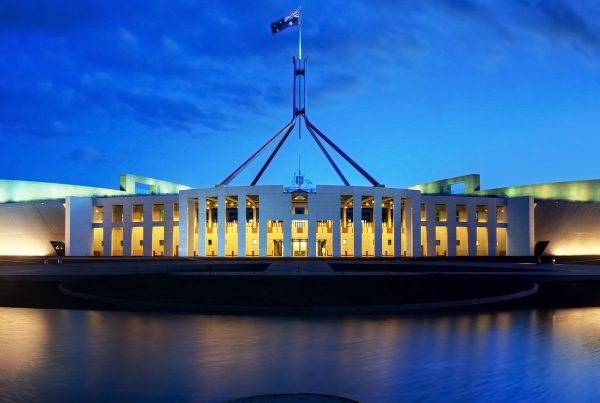Three big stories this week on Coal seam/Shale gas, relevant to the vexing public relations issues of environmental and social sustainability, as law-makers worldwide struggle with the conflict between farmers/environmentalists and the miners/explorers.
law-makers worldwide struggle with the conflict between farmers/environmentalists and the miners/explorers.
This follows the clash of Titans last week as Total and the French Government gloved up for a fight over mining rights. Could it be that globalisation and the speed with which news is now shared is helping solve what earlier this year appeared to be insoluble.
First, the front page story on Friday’s New York Times (2nd Dec), drilling into the details on what appear to be numerous unfair contracts with miners allegedly stitching-up farmers – a major beef for farmers, in this case in the US. See an extract below – Ian Urbina is a long-time writer on this conflict who has taken quite a bit of heat for his investigative reporting.
Second, Senator Bill Heffernan in the news following the release of the Senate Inquiry report recommending a pause in exploration until we know more about the impact of fracking on groundwater. He’s been strong on this since the beginning. See an extract below.
Third, in New South Wales our own cautious state government taking the hint and pausing, for another 4-5 months, looking/hoping for a logical way through that is environmentally and socially sustainable and creating a shared value for the state, miners and farmers.
New York Times: Learning Too Late of the Perils in Gas Well Leases
By IAN URBINA and JO CRAVEN McGINTY
Published: December 1, 2011
After Scott Ely and his father talked with salesmen from an energy company about signing the lease allowing gas drilling on their land in northeastern Pennsylvania, he said he felt certain it required the company to leave the property as good as new.
drilling on their land in northeastern Pennsylvania, he said he felt certain it required the company to leave the property as good as new.
So Mr. Ely said he was surprised several years later when the drilling company, Cabot Oil and Gas, informed them that rather than draining and hauling away the toxic drilling sludge stored in large waste ponds on the property, it would leave the waste, cover it with dirt and seed the area with grass. He knew that waste pond liners can leak, seeping contaminated waste.
“I guess our terms should have been clearer” about requiring the company to remove the waste pits after drilling, said Mr. Ely, of Dimock, Pa., who sued Cabot after his drinking water from a separate property was contaminated. “We learned that the hard way.”
Americans have signed millions of leases allowing companies to drill for oil and natural gas on their land in recent years. But some of these landowners — often in rural areas, and eager for quick payouts — are finding out too late what is, and what is not, in the fine print.
Energy company officials say that standard leases include language that protects landowners. But a review of more than 111,000 leases, addenda and related documents by The New York Times suggests otherwise:
¶ Fewer than half the leases require companies to compensate landowners for water contamination after drilling begins. And only about half the documents have language that lawyers suggest should be included to require payment for damages to livestock or crops.
¶ Most leases grant gas companies broad rights to decide where they can cut down trees, store chemicals, build roads and drill. Companies are also permitted to operate generators and spotlights through the night near homes during drilling.
¶ In the leases, drilling companies rarely describe to landowners the potential environmental and other risks that federal laws require them to disclose in filings to investors.
¶ Most leases are for three or five years, but at least two-thirds of those reviewed by The Times allow extensions without additional approval from landowners. If landowners have second thoughts about drilling on their land or want to negotiate for more money, they may be out of luck.
……
Canberra: Senate report calls for CSG slowdown
By Neroli Roocke, Joanna Woodburn and Leone Knight
Thursday, 01/12/2011
A Senate committee report into the impact of the coal seam gas industry on the Murray-Darling Basin is calling for tougher regulations.
The chairman of the committee, Senator Bill Heffernan, says there are 24 recommendations.
“What we’re saying generally in the report is slow down until we get some of the answers,” he said.
The review calls for a national regulatory framework for the industry and comprehensive water management plans before any further production is approved.
It also calls for a halt to CSG projects in the parts of the Murray-Darling Basin that pass over the Great Artesian Basin, pending Queensland Government and scientific investigations.
Senator Heffernan says another recommendation calls for gas companies to be legally liable for damages caused by their wells, even if it happens years after they’re decommissioned.
“Miners get their bond back when they close the well over and the damage to the aquifers could occur 50 years after that,” he said.
“We’ve seen in the United States that 80 years after these wells have been closed off they’ve collapsed and caused serious contamination for which no one wants to pick up financial or legal responsibiliy.”
……
Sydney: NSW extends CSG fracking moratorium
December 2, 2011 – 7:44PM
AAP
The NSW government has extended until April next year a moratorium on the controversial fracking process used in coal seam gas (CSG) mining.
Resources Minister Chris Hartcher on Friday announced the moratorium would be extended by four months pending the completion of an independent review.
The announcement comes after a federal parliament Senate committee on Wednesday handed down an interim report on CSG mining, recommending a moratorium on all future CSG projects until further research is carried out.
“The NSW government recognises significant recent community concern over the potential for pollution of aquifers by the coal seam gas industry as part of the fracking process,” Mr Hartcher said in a statement.





